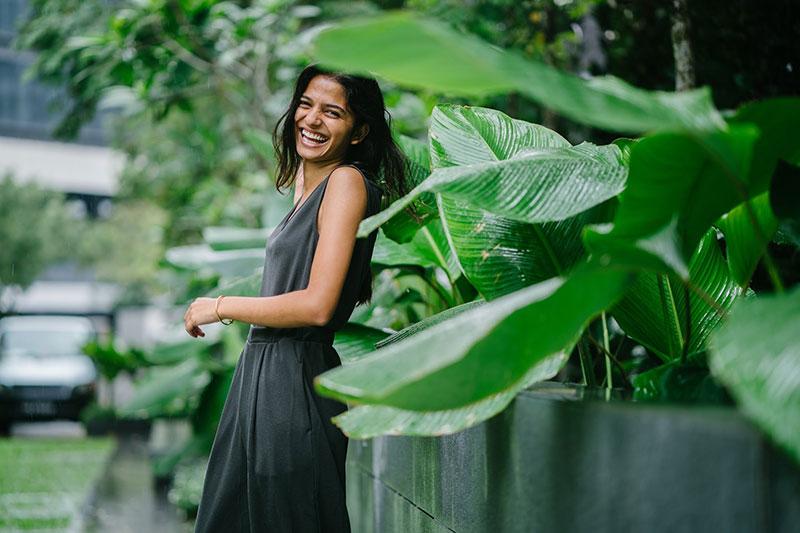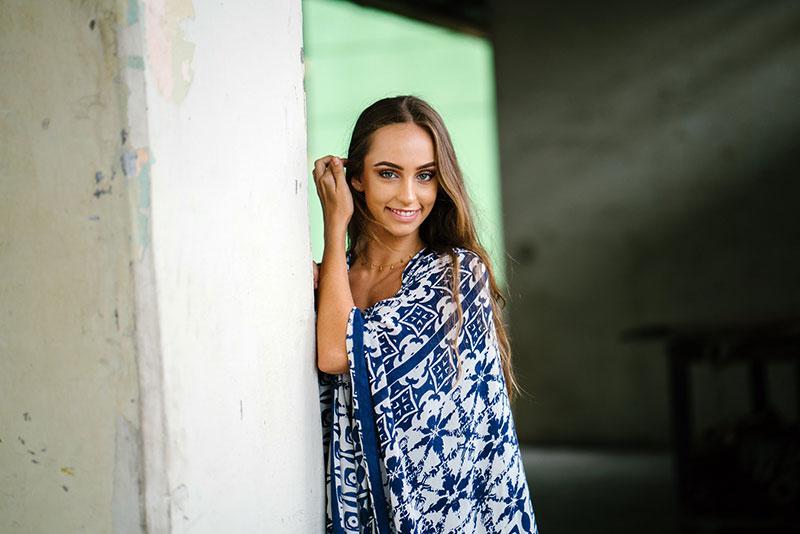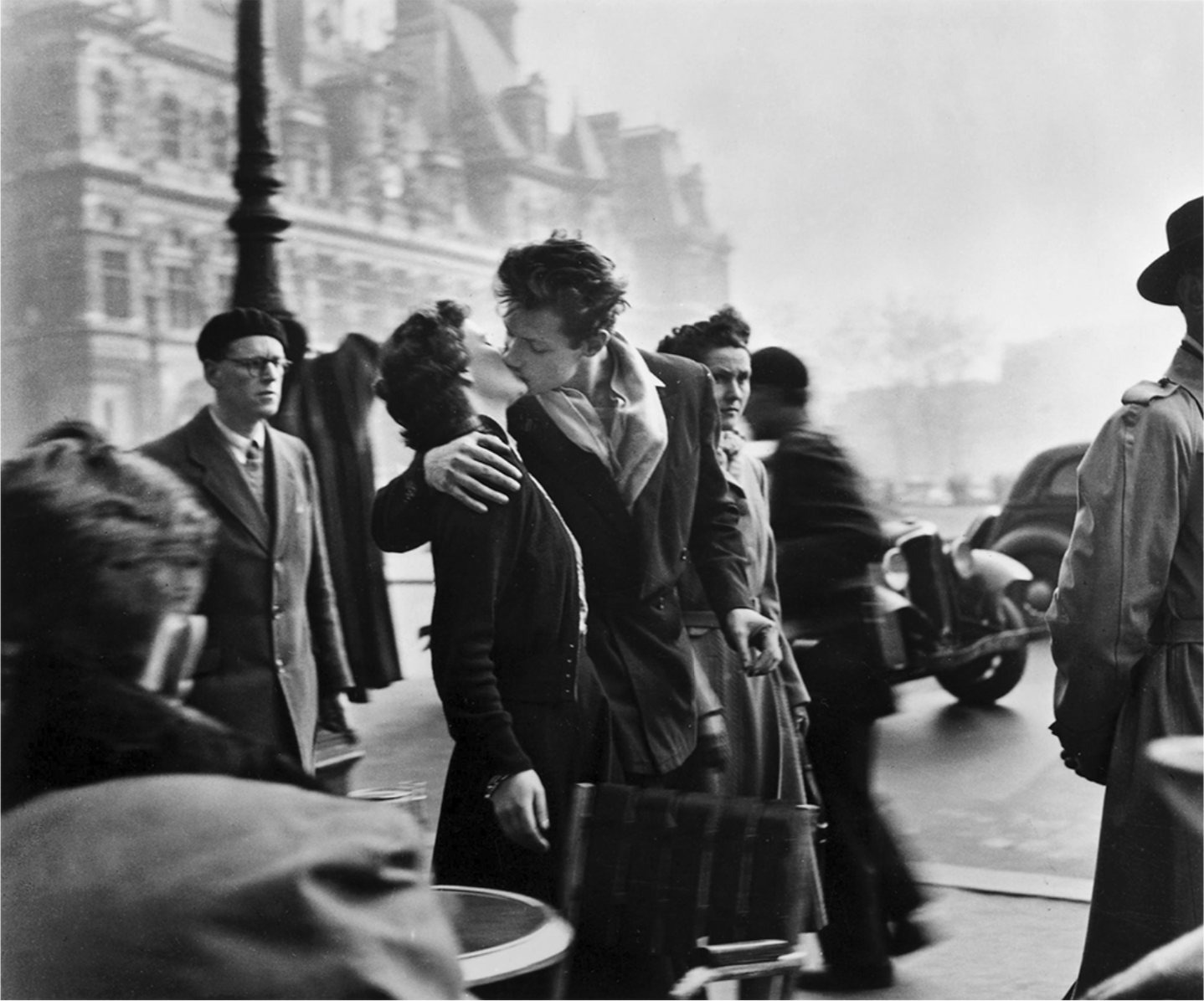DGT Portraits: Shoot what you love, not what you think will sell
DGT is a portrait photographer in Singapore. While DGT has been refining how he takes portraits for nearly 15 years, he only started taking stock portraits as recently as the start of 2018 after he found that the market’s taste has shifted and people and businesses now want more authentic and relaxed photographs.
He reflects that it’s more important to shoot what you enjoy and are good at rather than force-fitting your photography talent to what you think the market will want. In this interview, Gabriel shares his insights and learnings from his new journey into taking stock portraits.

Tell us a little bit about yourself and your career and hobbies.
I started taking photography seriously when I got a present from my family as a teenager — a LOMO LCA camera. It was a spy film camera with very few controls so you did not have to fiddle with tons of settings but rather focused on the moment that you wanted to capture. I eventually worked my way up to a DSLR but I always kept that quest for great moments to capture on camera, especially when I’m with people.
Outside of photography, I read science fiction and fantasy on my Kindle and watch too much TV and movies. I run regularly, cook for people I care about and hit up the yoga studios.
How did you get into stock photography?
I did not think of taking any stock photographs for the longest time. What people looked for in stock when I started photography seemed contrived and posted to me at the time. The smiling business person offering his hand to the camera being an example of that. However, with the advent of digital photography and smartphone cameras, I realized just this year, in 2018, that the world now seeks a different kind of stock photo. There is a demand for portraits that are more candid, relaxed, spontaneous and authentic. I decided to do a test and offered to take portraits for a friend and uploaded 30 stock photographs to see how they performed and to validate my demand.

What are some things you’ve learned when you were just starting out with stock platforms?
- Build a process to capture a range of emotions for stock portraits
- Keywords are important and I applied my SEO / SEM knowledge to creating a keyword strategy for my stock photos
- Have realistic and aligned expectations about performance, especially at the beginning
- Don’t shoot for spec since it’s unlikely to be worth the time — ask paying clients if they would be open to allowing their portraits to be used for stock

What would you say are some perks of working in this field?
A perk of being a portrait photographer is the satisfaction of capturing a great shot of a client and having them react to it. Despite the proliferation of smartphone cameras that get better everyday, a great portrait can be elusive beyond just access to technology and I love capturing that.

Your portfolio is very much about portraits, why have you chosen this direction?
I decided to focus on portraits nearly 15 years ago because it was, for me, one of the most challenging aspects of photography. Beyond having to think through locations, lighting and settings, it is necessary to interact and draw your subject out. That’s not to say that I must make my subject comfortable of smile (Annie Leibovitz mentioned something similar); but rather, talking with them to get them to let their guard down and bring out something true about that person. This might seem contradictory because I take stock. But I don’t really go out and take photos according to a list (holding a book, walking down a path, etc). I let my conversation with my subjects guide my shots and my work (although a process helps cover more areas).

Where are most of your photographs taken?
Singapore. I’d like to travel and shoot more outside of Singapore if I get the chance.
You feature a diverse range of models. Where do you find your models?
Many of them are paying clients who generously agreed to let me use the photographs for stock.

Have you noticed any particular images selling better than others? Why do you think that is?
I pay a lot of attention to what sells and what doesn’t. The first thing I notice is eventually, everything sells. I have uploaded some shots which I did not particularly like in the spirit of experimentation and they eventually sold.
While photogenic subjects and models sell well, I also see some shots of everyday people selling well which is great because it tells me that people do also want that type of authenticity.
My best selling photographs all have an element of being in the moment. They are not a “pose and hold it” shot. For example, one of my best selling shots is an image of 3 people in a discussion. One of the subjects is a medical school student and the other two were asking her about some of the finer aspects of an operation. She (the pre-med student) was explaining it in animated detail and the others listened on, enraptured. You can tell by her eyes that she was really talking and not posing.

Where do you hope to take your stock photography hobby to next? In other words, what can we expect to see in your portfolio in the near future?
I’m now experimenting with bringing different people together and shooting their interactions. For example, I might suggest bringing 2-3 shooting clients together for the same shoot and shoot them individually then together as a unit. It’s shown some really remarkable results, not just in photographs, but in bringing people together.
Your #1 tip or words of wisdom:
Shoot what you love and are good at; not what you think the market wants.






